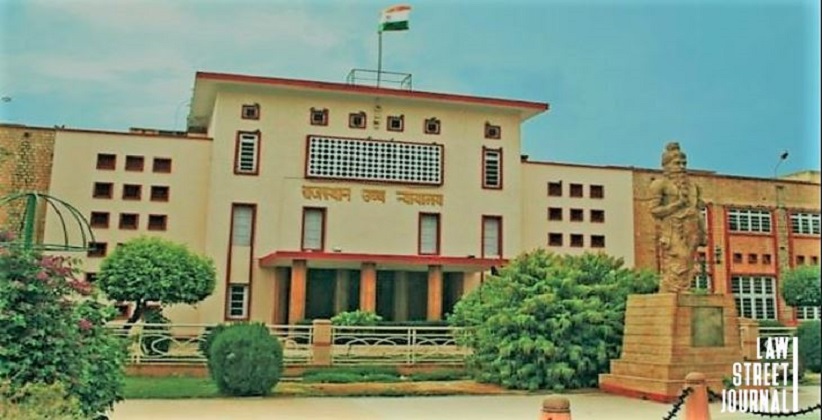NEW DELHI: The Supreme Court on Wednesday asked the Election Commission to provide certain clarifications including installation flash memory and micro controller units in EVMs, in a matter related to enhancing VVPAT counts to 100% as opposed to the current practice of verification of only five randomly selected machines.
Also Read - Supreme Court notice on plea to tally every EVM vote with VVPAT slips
"We just wanted a few clarifications. Factually we should be on the page," a bench of Justices Sanjiv Khanna and S V N Bhatti told Additional Solicitor General Aishwarya Bhati and other counsel appearing for the petitioners.
The court asked Deputy Election Commissioner, who earlier assisted the bench in deciphering the functioning of EVMs, to be present before it at 2 PM on Wednesday itself.
Putting forward the queries, the court sought to know if micro controller is installed in control unit or VVPAT.
"We were under the impression memory is installed in control unit. We were told VVPAT has a flash memory. Is micro controller one time programmable, just confirm it," the bench asked the EC.
The court also wanted to know as to how many symbol loading units were available with the poll panel.
The bench also sought to know the time limit for keeping the data of EVMs intact.
"You said since the limitation for filing the election petition is 30 days, so the data in EVMs remained stored for 45 days but as per Section 81 of the Representation of People Act, the period of limitation is 45 days, then the time to keep EVMs data has to be enhanced," the bench asked Bhati and also senior advocate Maninder Singh, appearing for the EC through video conferencing.
"We wanted to be sure of it. Make it (period to secure EVMs) 60 days if limitation period is 45 days," the bench said.
The court, however, rejected petitioners submission to revealing the source code.
"The source code should never be disclosed, people will try to misuse it," the bench said.
The court has fixed the case for Wednesday for issuing directions in the matter related to pleas for raising VVPAT (Voter Verifiable Paper Audit Trail) counts to 100 % with votes cast through Electronic Voting Machines during the elections.
The petitions have been filed by NGO Association for Democratic Reforms and others.
Earlier, the EC had said that EVMs are standalone machines and they cannot be tampered with, and also the VVPAT cannot be tampered with.
Concurring with the submission, the bench said paper ballots have huge drawbacks and we do not want to even think about it.
The petitioners had contended the voter has right under Article 19 and 21 of the Constitution to cross verify vote as cast by him and counted by paper vote of VVPAT in
accordance with the purport and object of directions of this Court in Subramanian Swamy case (2013).
Also Read - Everything cannot be suspected; sanctity of the electoral process to be maintained: SC
"Given that many questions are being raised by experts with regard to VVPATs and EVMs and the fact that large number of discrepancies between EVM and VVPAT vote count have been reported in the past, it is imperative that all VVPATs slips are counted and the voter is given an opportunity to properly verify that his vote as cast in the ballot is also counted by allowing him to physically drop his/her VVPAT slip on the ballot box," the plea said.
The petition further challenged the EC's guideline which mandated that VVPAT verification shall be done sequentially, i.e. one after the other, causing undue delay.
It contended that if simultaneous verification is done and more number of officers are deployed for counting in each assembly constituency, then complete VVPAT verification can be done in matter of five-six hours.

















